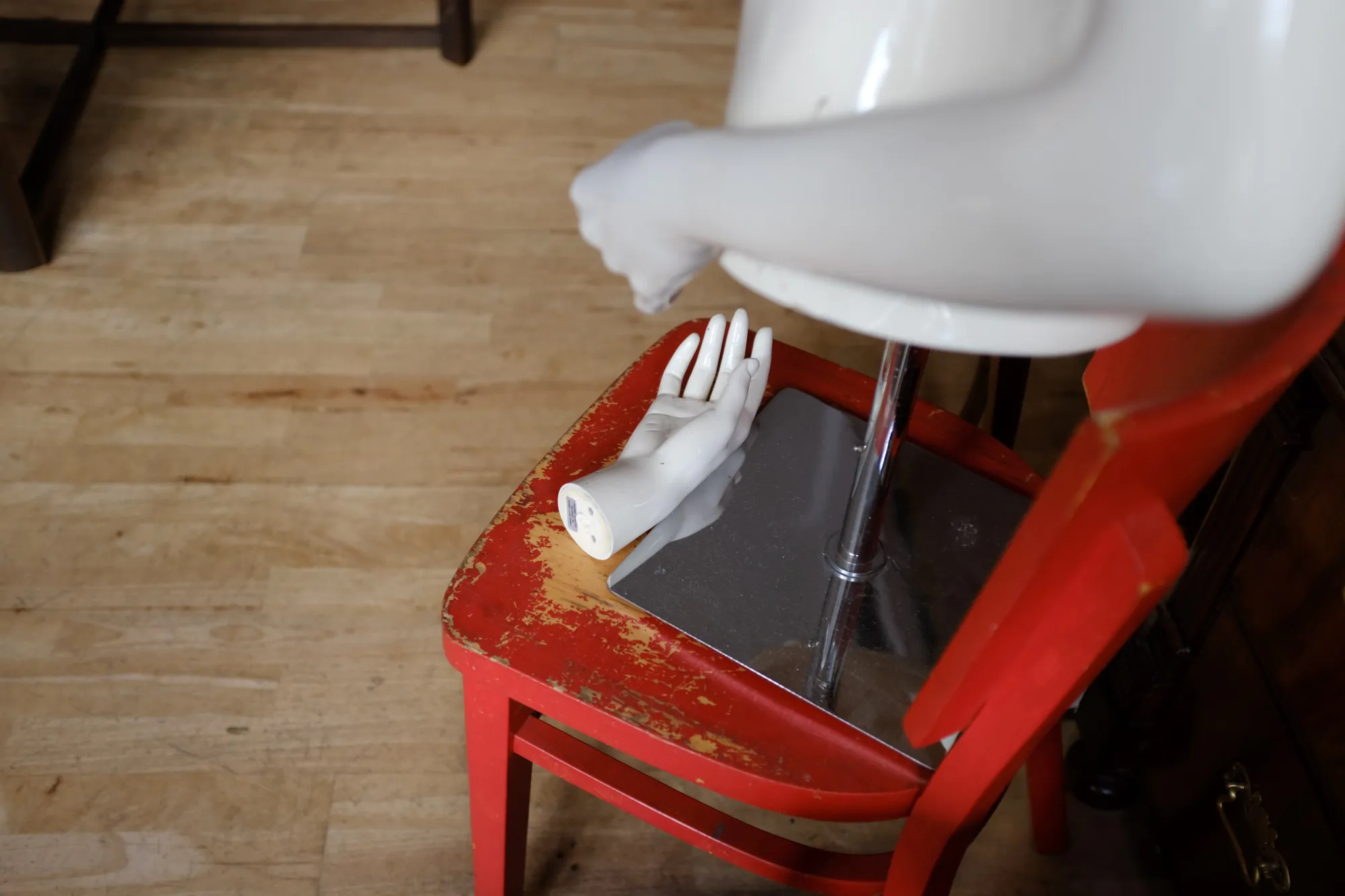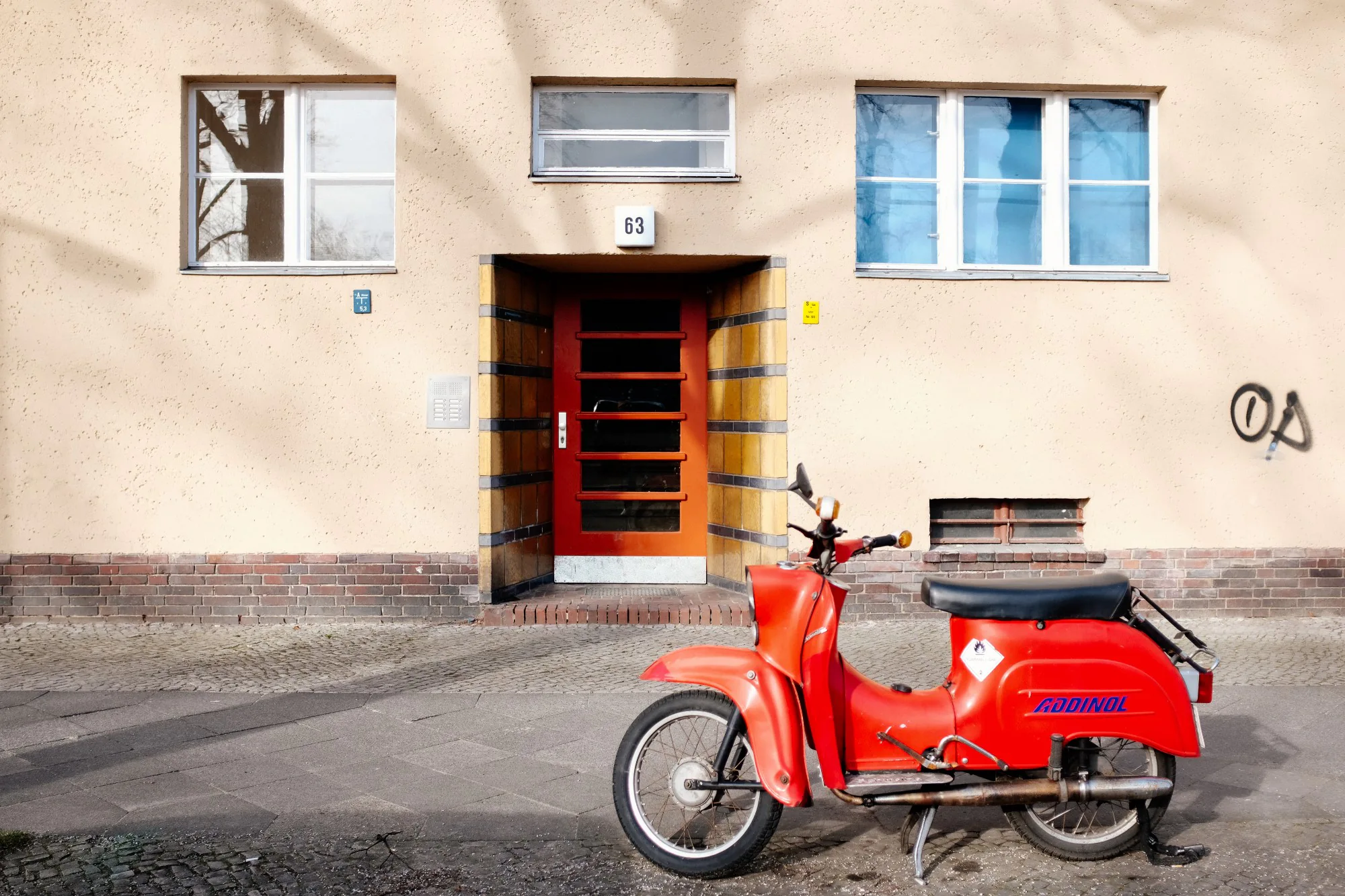The X100F: A Review of Sorts
I don’t usually write tech reviews, but for once in my life I find myself in a perfect situation to review the just-released Fuji X100F. I used to own the previous model, a silver X100T, but had it stolen from me in early January. Coincidentally, this happened just a few days before Fuji announced the new model. After a few weeks of lamenting my bad luck, comparing different models, and thinking a lot about my photography, I finally pre-ordered the X100F, which arrived in the mail on Tuesday.

A little backstory
I bought the X100T in January of 2015, looking for a camera to always have with me. I was tired of lugging around a heavy DSLR and wanted something that would produce better images than my iPhone.
Much to my surprise, this little camera soon became my go-to tool for all kinds of photography. In late 2015 and early 2016 I wrote two books about the start-up scene, in Berlin and Stockholm, and ended up taking most photos for the book with the little camera.
It’s small, versatile, and I feel like its limitations make me better as a photographer. More about that later.
Let’s start with some impressions
At first sight, the X100F camera looks a lot like its predecessor. It has the same overall dimensions and lens. But pick it up and you’ll feel that it’s slightly heavier. I only found this out after I had bought it, but the X100F’s body is made from an aluminum alloy — which is great, given that the silver paint had started rubbing off of my X100T’s plastic body.
Everything about this camera feels sturdier than its previous iteration, the buttons have some heft to them, even the battery door seems more solid. There have also been a few minor tweaks to the buttons: They’re now easier to reach with one hand, and you can set the ISO by lifting up the exposure dial. Nevertheless, this camera will feel immediately familiar to anyone who ever held a previous iteration of the X100 series.
The biggest changes are in its operation: This camera is a lot quicker than the previous model. The camera focuses notably faster and takes less time to store a picture. You can also zip through pictures and menus in a breeze. The X100T seems almost sluggish in comparison.
Image Quality
Now, let’s talk about what really matters, though: The photos.
I’ve had only a few days to play around with the new camera, but so far it’s been very impressive. The X100F sports an enhanced resolution and puts out some massive 6000 x 4000 pixel images. This is a significant bump from the earlier model, and had me zooming in and out of a few pictures rather incredulously when I first transferred them. Color rendition is excellent. The way Fuji captures colors is what first drew me to their system, and this camera doesn’t disappoint.
In its stock setting, you get very accurate colors, but you can change those with Fuji’s amazing Film Simulations: In-camera filters that emulate the look of Fuji’s film stock, plus that of Kodachrome (called “classic chrome”). There’s now also a new simulation called Acros that produces extremely pleasing black and white photos.

Unsung Benefits
Fujifilm refers to the X100F as a “premium compact” and actually places it in a different category than its X-series cameras on fujifilm.com.
Let’s make no mistake about it, though: The only real difference between the X100F and the rest of their offering is that you can’t change the lens. Otherwise, it includes almost the same specs as its more high-end siblings, the X-T2 and the X-Pro 2, only at a much smaller footprint. That means this camera is great at being unobtrusive: It doesn’t look like a digital camera, and so many people will consider it a toy rather than a precision instrument.
This means they act much more relaxed around the camera than they would around a much more intimidating DSLR.

A few weeks ago, I rented an X-Pro 2 to try out over a weekend. After many years of shooting exclusively with Nikon DSLRs, the X100T had made me fall in love with the rangefinder form factor, and I considered the X-Pro 2 the natural evolution of the X100T — one that I wanted to give a try as a replacement. I took it out for two days in January, taking mostly portraits of friends both at night and during a sunny day. And while I loved the handling, weight, and overall quality of the camera, I had two major concerns: The camera was too large to always carry with me, and Fujifilm lacks the lenses required to make one of their interchangeable lens cameras truly pocketable.
I used the powerful 35mm 1.4 Fujinon, which offered delicious bokeh and let me shoot in virtual darkness, but was also relatively slow to focus and — since it’s a few years old — not weather sealed. Using a weather sealed camera with a lens that isn’t make little sense to me, so I crossed it off my list. But while the newer 35mm 2.0 Fujinon offers weather sealing and is both faster and smaller, it’s still too bulky to make it an unobtrusive street shooter.
Finally, there was another problem with these offerings: All other Fujifilm cameras have an audible shutter — quiet enough to be acceptable, but much louder than the leaf shutter in the X100-series cameras, which you have to train your ear to hear. Once you’re used to it, all other shutters sound almost disrespectfully loud in comparison, and I was surprised how much it irked me when shooting with the X-Pro 2.
Emotion, though.
I feel like I should mention another, much more intangible factor: Like cars for some people, cameras are one of those rare objects that can elicit emotion in the user. This camera, just like its predecessor, is one of my favorite pieces of technology. It’s exceptionally well-made (in Japan!) feels great in the hand, and has regularly surprised me with its performance. It has felt like an extension of my eye, allowing me to capture what I see in vivid detail.
I had developed such attachment to my camera that I was genuinely sad to have lost it, and using the X100F for the past couple of days has revived both the sense of familiarity and excitement about using it.
As weary as I am about the gear fetish so prevalent among photographers, I must say this: If you’re looking for a camera to grow attached to, this could be the one.
Is it for you?
In the end, whether this camera works for you or not depends very much on the type of pictures you shoot. Even with its new processor and faster autofocus, the X100F remains too slow for fast-paced action photography, and it’s still slower to turn on and fire than even my eight year old Nikon DSLR.
For me, that’s not a problem: I rarely do events any more, instead focusing on photojournalistic documentation, casual portraits, and travel photography. For all these things, I found the X100T and the X100F to be perfect: You can carry it anywhere and shoot without getting in the way of the action.
Its way of representing colors is stunning, particularly when it comes to skin tones. And if like me you like to shoot against the light or capture the way light falls into a frame, it does an amazing job at giving you accurate representation.